5 Things You Didn't Know About Cave Crickets
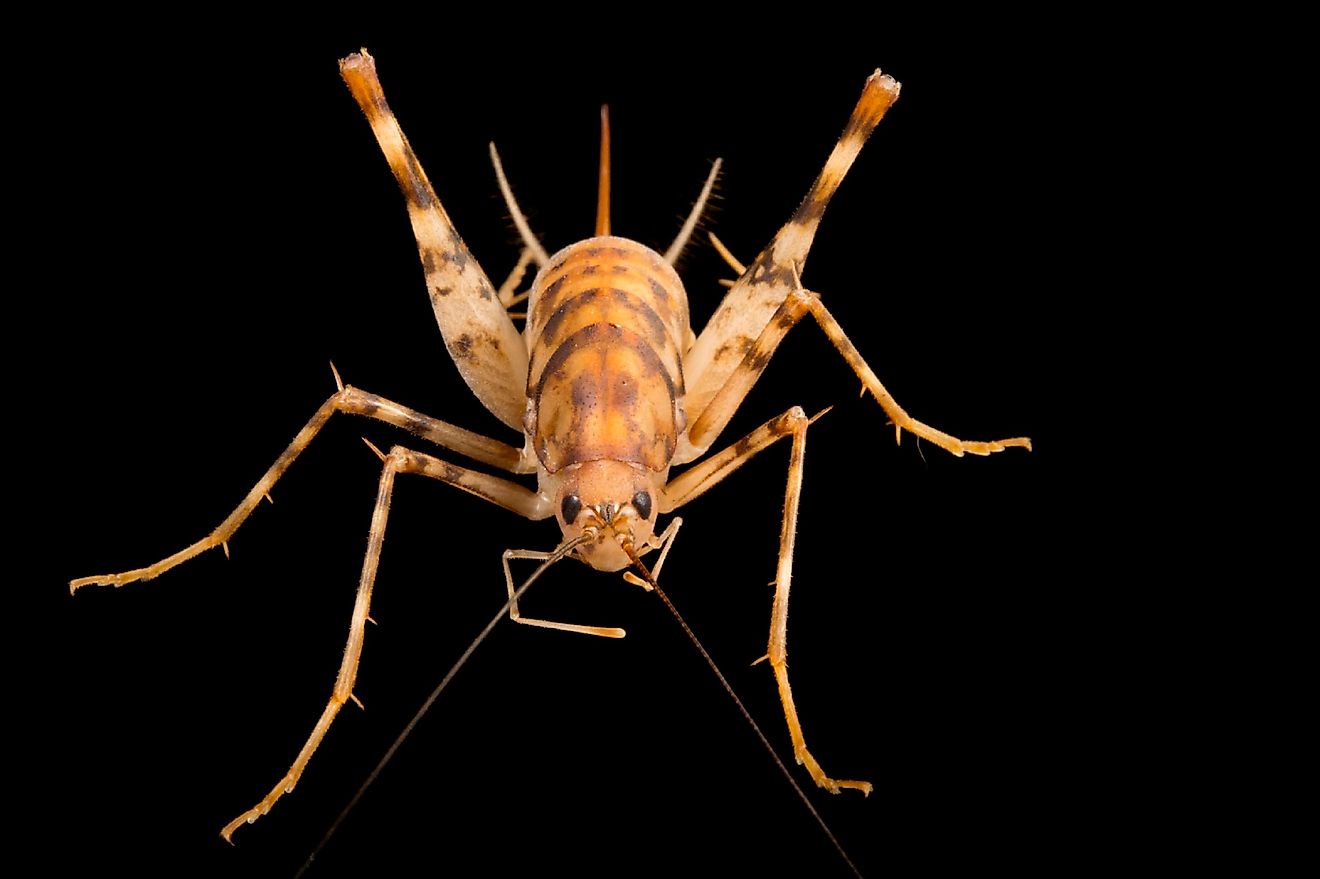
- Cave crickets belong to the Rhaphidophoridae family and have six legs, two of which are longer and placed in the back of their bodies. They also have a hump on their backs and two antennas.
- They have long legs, but only six of them, unlike spiders, which have eight. So they are not spiders, but they do fall into the insect order Orthoptera, which includes crickets.
- The main characteristic crickets are known for, the chirping sound they make is completely absent in cave crickets.
If you are afraid of insects, cave crickets could very well give you the scare of a lifetime. Also known as spider crickets or camel crickets, these six-legged monsters are best described as a mix between crickets and spiders. That explains the name, at least, but while many of us may have encountered them somewhere, maybe you were not so certain as to what they were.
No one could blame you for thinking a cave cricket was a new kind of spider, but if you have arachnophobia, there is no need to worry, these crickets are harmless. They belong to the Rhaphidophoridae family and have six legs, two of which are longer and placed in the back of their bodies. They also have a hump on their backs and two antennas. Well, that’s it for the physical description, but let’s take a deeper look into what makes these critters interesting.
5. It Is Hard To Define What They Are
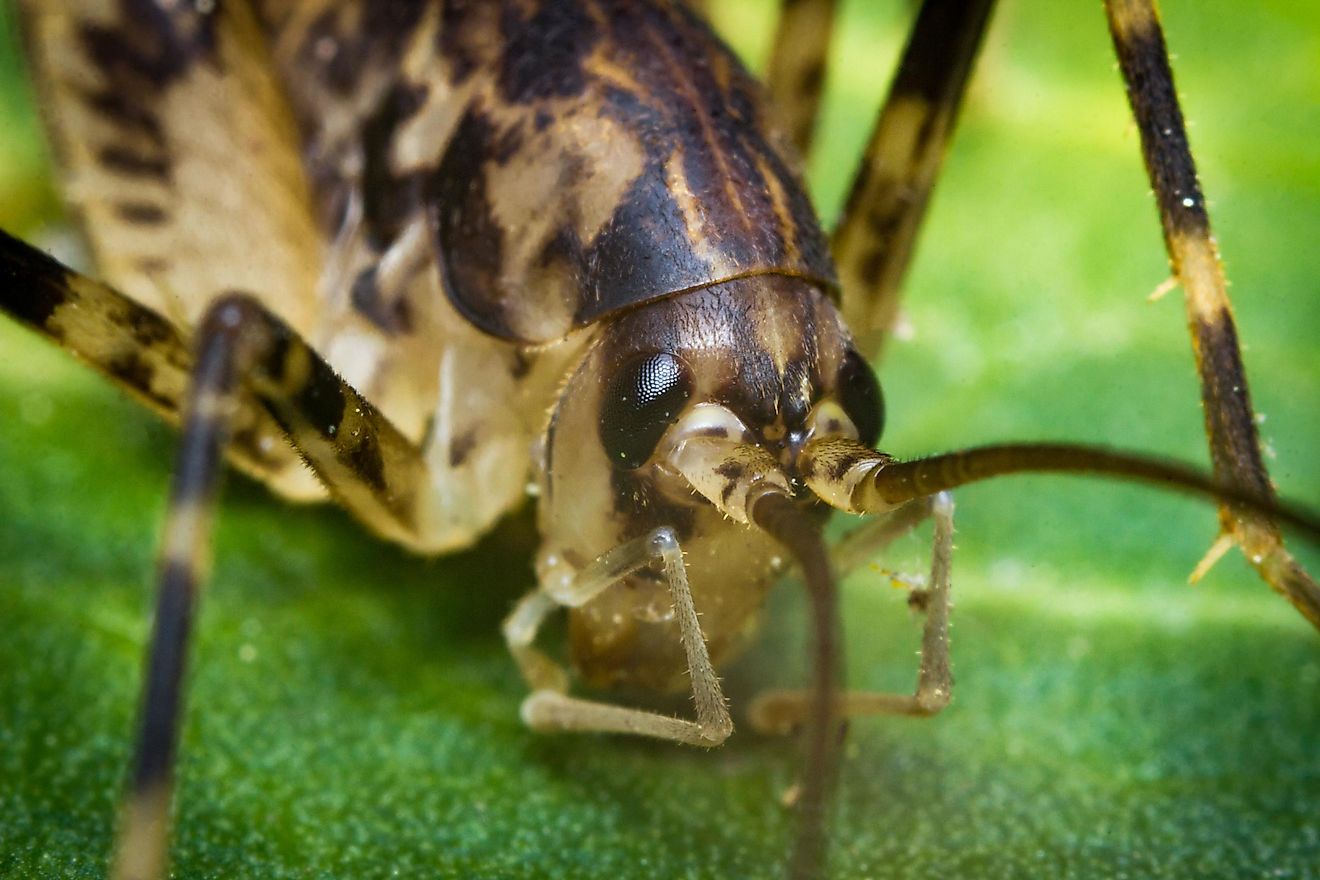
Although they are called crickets, cave crickets are neither crickets nor spiders, although they look like a mixture of the two. Yes, it is more simple to categorize them as crickets simply, but they are a part of an order of insects called Orthoptera. This order is closely related to locusts, grasshoppers, and other kinds of crickets. The reason many confuse cave crickets for spiders is that they resemble them, quite a lot.
They have long legs, but only six of them, unlike spiders, which have eight. So they are not spiders, but they do fall into the insect order Orthoptera, which includes crickets. Why are they not actual crickets? Well, cave crickets might belong to the same order as regular crickets, but they are a part of a different family.
It’s simple, cave crickets belong to the Rhaphidophoridae family, while regular crickets belong to the Gryllidae family. Unlike regular crickets, cave crickets do not have wings but can jump over extremely long distances. They also do not have inner ears.
4. We Call Them By Many Names
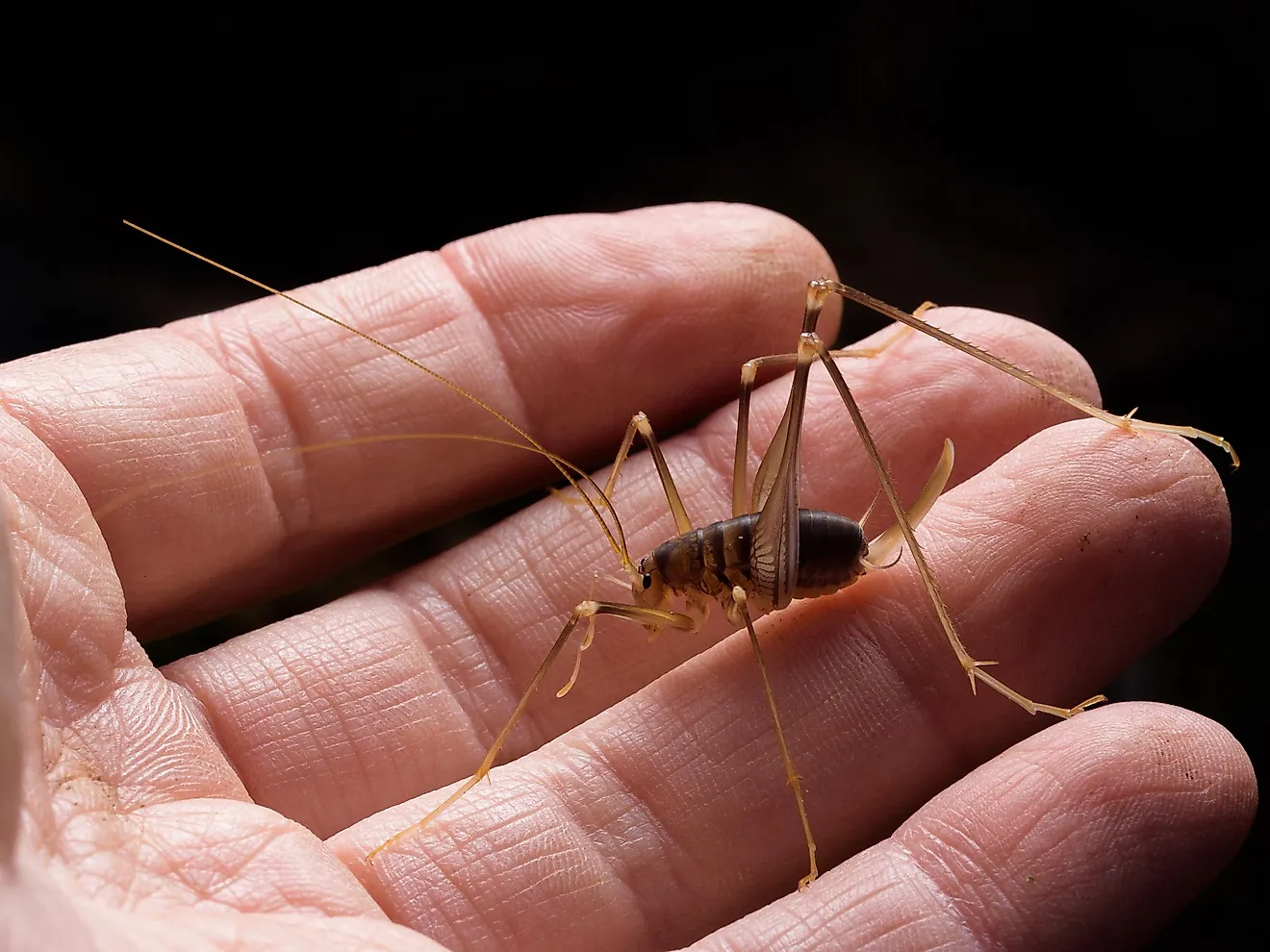
Cave cricket is not even the most common name used to refer to these insects. The one most people know them by is spider crickets, thanks to the aforementioned similarity to spiders. However, they are also often called camel crickets. If you think about it, there is a clear reason for all of these names, but we will explain them nonetheless.
People call them cave crickets because they mostly live in damp, dark places such as caves, and they call them camel crickets because they have a big hump on their back. There, this was quite a simple explanation!
3. They Are Completely Harmless
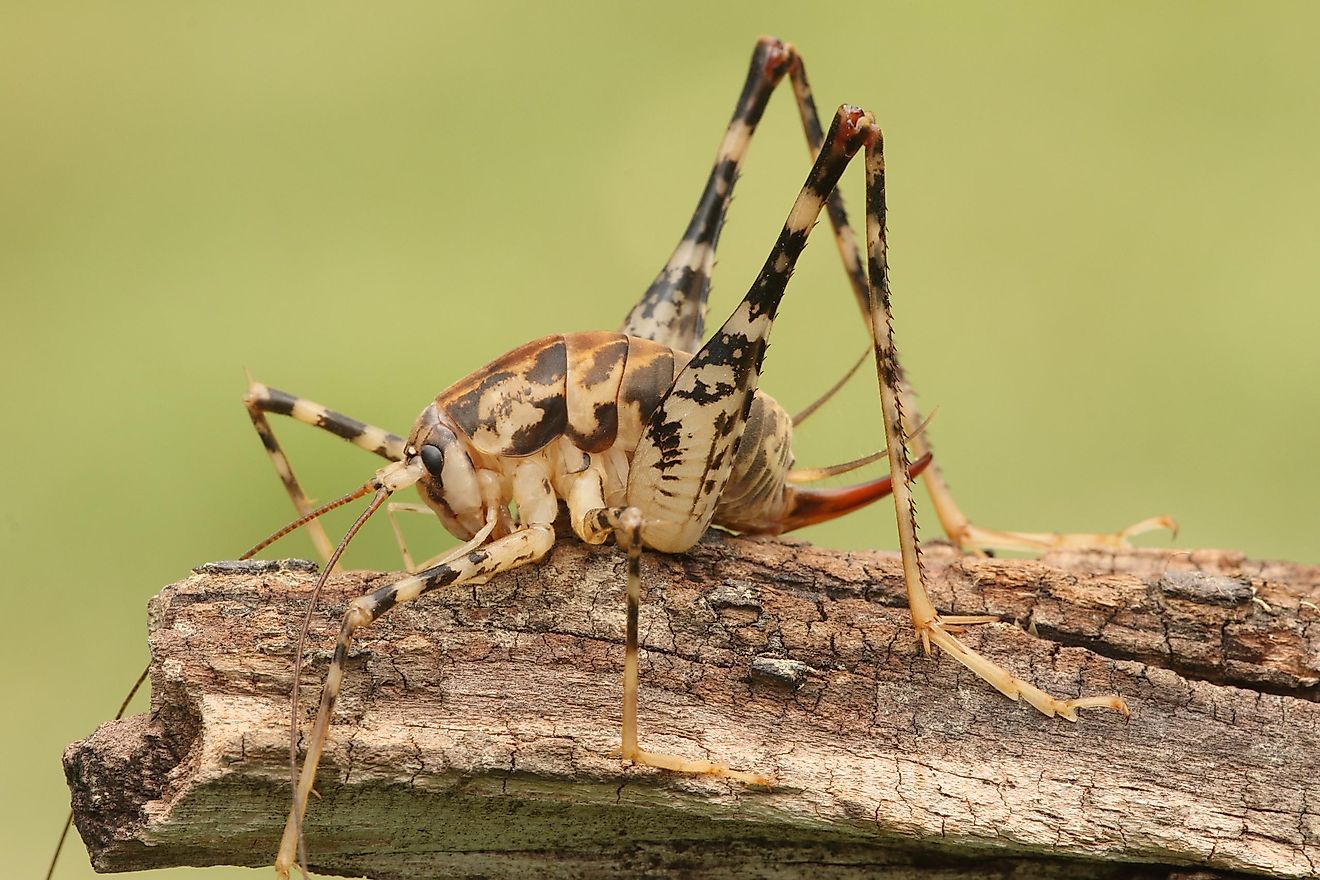
Yes, while these critters might look scary, they actually won’t pose a threat to you. First of all, if you are wondering if they are poisonous, you can rest easy. There is no poison running through the bodies of cave crickets. Not only that, but they also do not have a single method of attacking anyone. The only way they defend themselves when they feel threatened is by running away.
This is where the strong legs become extremely helpful because they allow them to jump far away from any predators. Cave crickets also do not bite; they only use their mouths to chew food and anything else, including wood, fabrics, and cardboard. They also do not carry any type of disease, so you do not need to avoid them completely. The only threatening thing about cave crickets is the way they look.
2. Cave Crickets Can’t Chirp
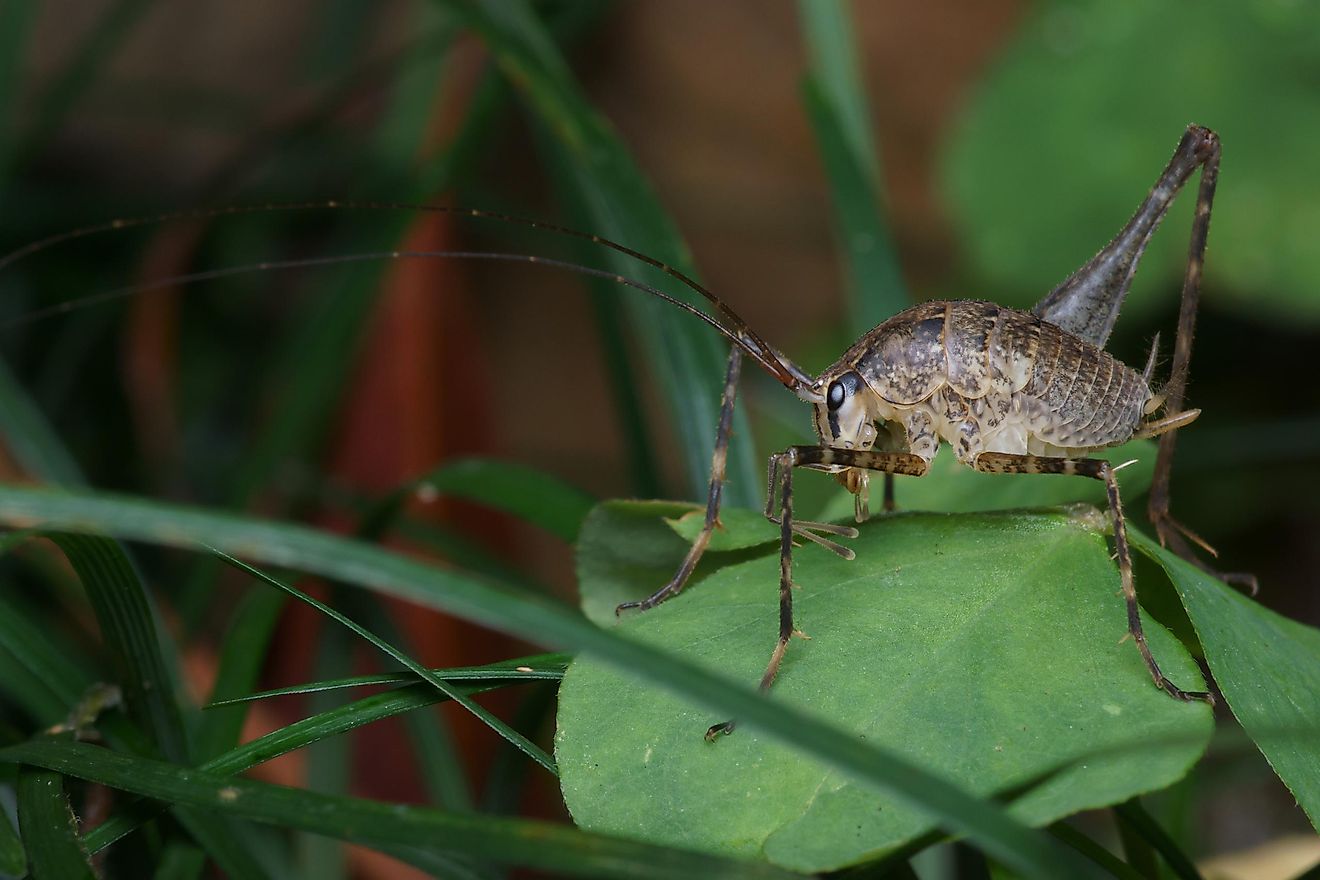
Well, if our explanation did not convince you as to why they are not actual crickets in the earlier paragraph, this piece of information might help make you a believer. Yes, the main characteristic crickets are known for, the chirping sound they make is completely absent in cave crickets.
They are not able to create anything similar to the sound regular crickets make, which might not be a bad thing if you ask us. They would make for a more pleasant company than other crickets. Although, many might argue that the chirping adds to the specific mood of hot summer nights and makes them special. To each, their own, though, not like we can pick which type of crickets will surround us.
1. They Inhabit Specific Areas

As if the name cave crickets didn’t make it clear enough, these insects like to live in dark and damp places. However, there are certain parts of the United States where you can find them more often. According to researchers, cave crickets are more prevalent east of the Mississippi River, while the chances of seeing them west of the river, is extremely low. The exact reason for this is currently unknown, but at least you know where to go if you want to find one.
If, however, you are already living on the east side of Mississippi and want to get rid of these insects, there are ways to stop them from causing damage. Damage? Aren’t cave crickets supposed to be harmless? Yes, they are, but they can still damage your furniture or anything else made from wood or fabric since they like chewing on those materials. Since they like damp places, the best way to prevent an infestation is to use a dehumidifier. This should solve most of your cave cricket related problems.











